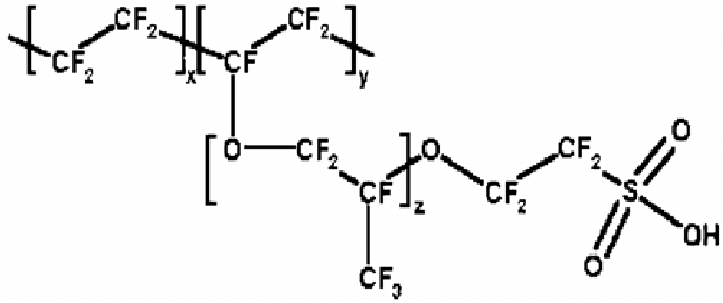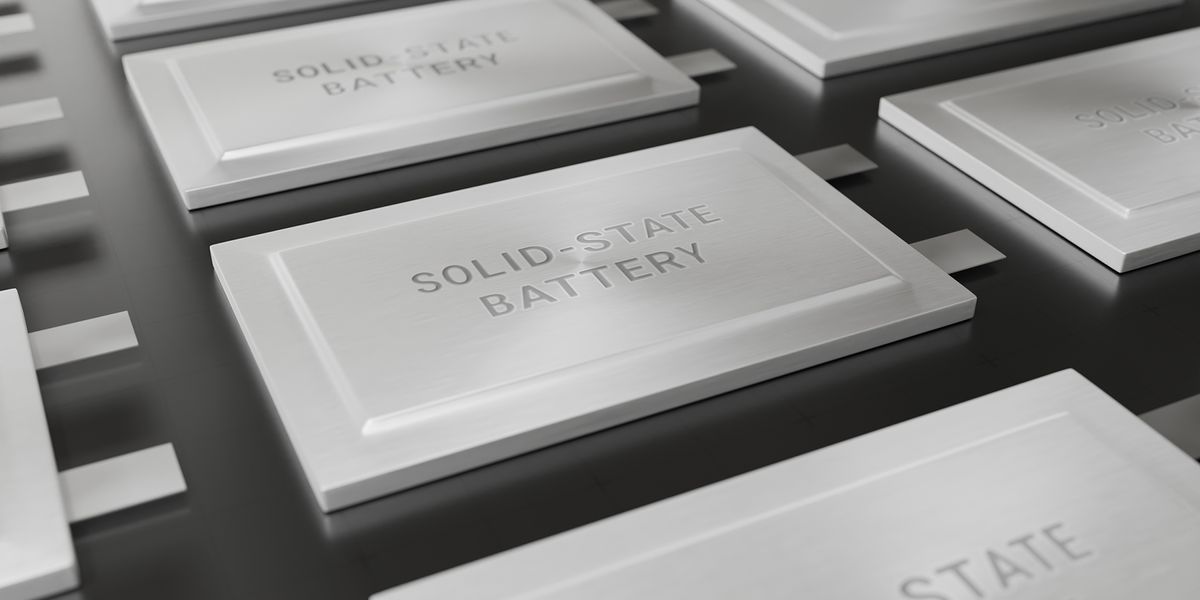Le car's battery performance they represent a fundamental pillar in the transition towards a sustainable energy future. With the increase in demand for electronic devices and electric vehicles, the efficiency and sustainability of batteries have become crucial issues. A team of Japanese researchers has made a significant breakthrough in this field, introducing a completely solid air battery based on the unique properties of a material called Nafion. This innovation could have implications not only for the battery industry, but also for the entire energy sector.

The need for an energy transition
Growing awareness of climate change and the urgency to reduce carbon emissions have driven research towards greener energy solutions. The batteries at the heart of many of these solutions have become the subject of intense study and innovation. The question is: how can we create more efficient, durable and sustainable ones?
Air batteries represent a promising answer to this question. Unlike traditional batteries that use heavy metals, air batteries eliminate these materials, thus reducing environmental impact. However, most air batteries developed thus far contained liquid electrolytes, which present challenges in terms of electrical resistance and flammability risks.
The innovation of Nafion
Il Nafion it is the proton conducting polymer chosen by Japanese university researchers Waseda e Yamanashi as a solid electrolyte for their new air battery. The use of Nafion not only eliminates the need for liquid electrolytes, but also offers improved performance and greater durability over time. (Here you will find more information).
The battery anode was made using a chemical compound called 2, 5-hydroxy-1,4-benzoquinone while the cathode consists of the polymer 2-hydroxy-1,4-benzoquinone-3,6-methylene. This combination, together with Nafion as an electrolyte, has resulted in a solid air battery with remarkable performance.
Performance and potential
Although the discharge capacity of the semiconductor air battery was initially lower than other technologies, adjustments in composition have led to significant improvements. The coulombic efficiency of the accumulator was of 84% at 4°C, and after some cycles and modifications, the discharge capacity was increased to 78%.
Battery research and development is essential for a sustainable energy future. This Nafion-based innovation, although still being refined, represents a significant step forward towards this goal. As technology continues to evolve and greener solutions are adopted, we can look forward to a future where clean, sustainable energy is not just an aspiration, but a reality.


